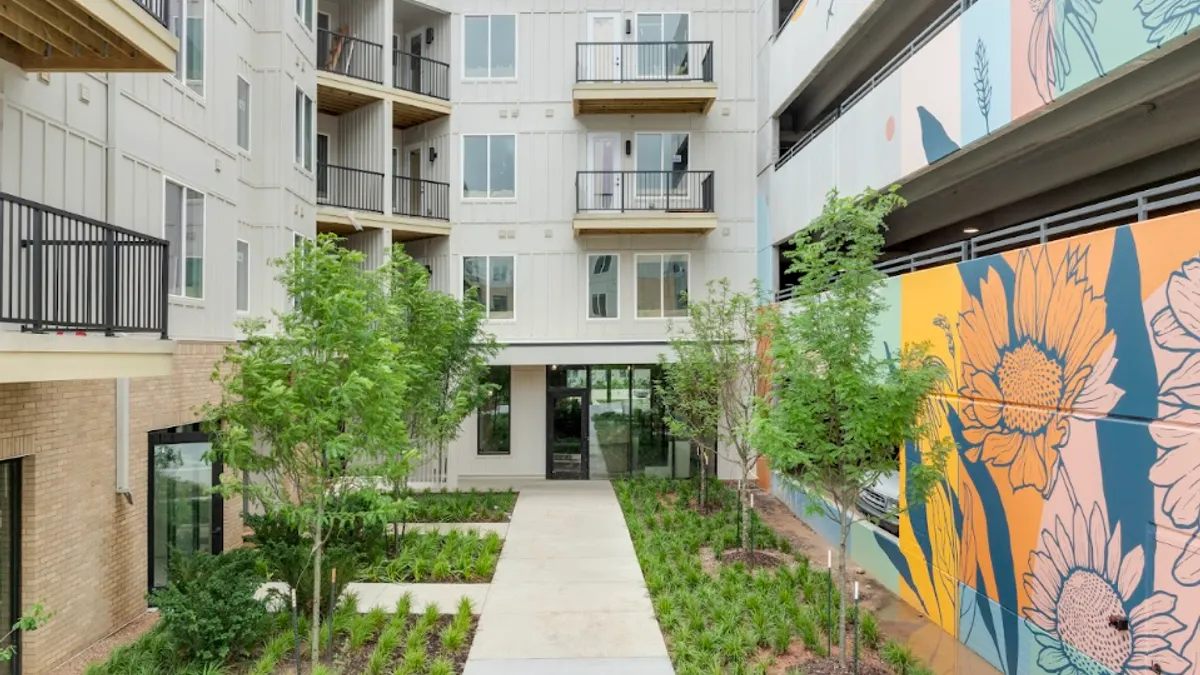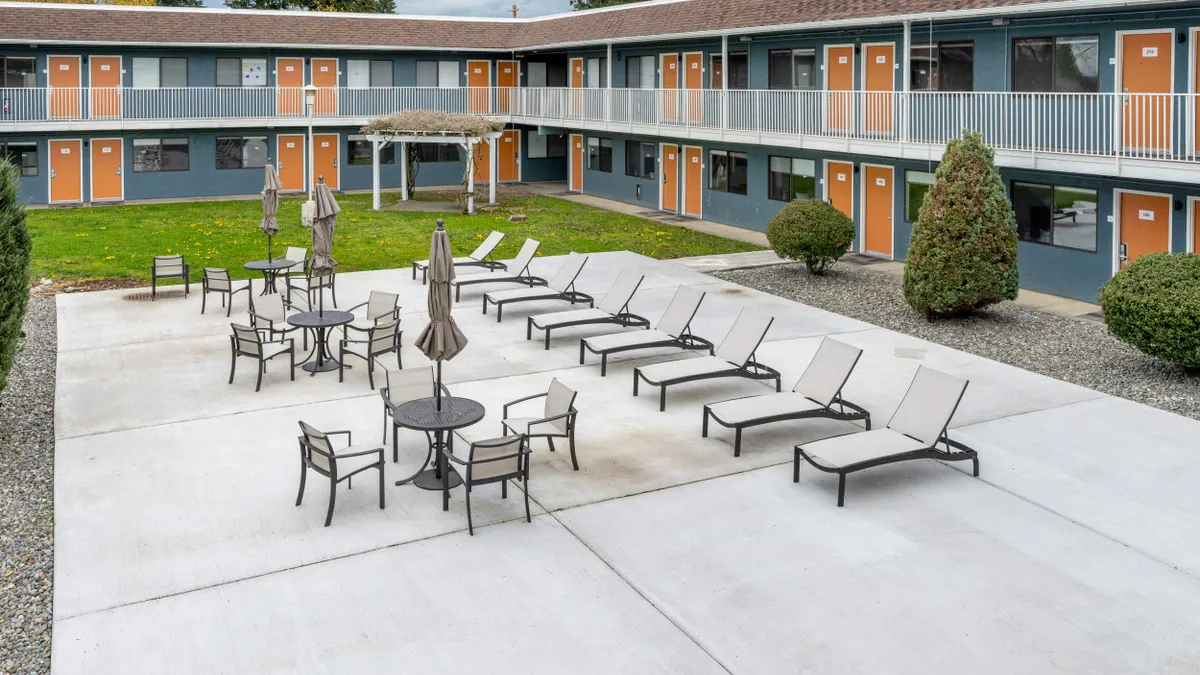Out of the many rental housing bills in play across the country this year, Colorado has passed a significant number into law, changing the rules of business for the state’s multifamily operators.
In April, Gov. Jared Polis signed the state’s for-cause eviction bill, making Colorado the sixth state with rules preventing landlords from evicting tenants without cause. In May, local governments gained a right of first refusal on affordable housing sales, as well as a first offer on market-rate housing. Most recently, on June 5, the state enacted limits on rent increases after natural disasters, spurred by the aftermath of the Marshall Fire in 2021.
The state has also prohibited landlords from limiting occupancy based on familial relationships or lack thereof, and modified existing laws around disability discrimination and warranty of habitability.
One bill that did not pass would have banned the use of algorithmic pricing models in revenue management software — similar to a bill that recently passed the Board of Supervisors in San Francisco. The bill was introduced in January and passed the House in April, but did not pass its final Senate vote in May.
The right environment
Drew Hamrick, general counsel and vice president of government affairs for the Colorado Apartment Association, sees two reasons for this legislative push: advocacy from pro-renter groups and a Democratic majority in its governing body.
“A lot of these legislative ideas are supported by a national advocacy group,” Hamrick told Multifamily Dive. “[And] Colorado is a particularly attractive target right now, for one because of the high partisan advantage the Democrats have in the House and Senate.”
Out of 65 seats in the Colorado House of Representatives, the Democrats hold 71%. The situation is similar in the Colorado Senate, where Democrats make up 66% of the 35-member body. Colorado’s Democrats have been the exclusive primary sponsors of these housing bills, which generally favor the renter side of the landlord-tenant relationship.
The amendment process
The Colorado Apartment Association, which represents the state’s landlords, was among the groups lobbying Colorado’s lawmakers on these pieces of legislation.
“Every one of these [bills] was full of our amendments,” Hamrick said. “The only battleground we have is to try to amend these things, to take as much of the teeth out as possible.”
HB24-1259, the disaster rent stabilization law, is an example of how heavily these bills were changed from start to finish. Like many states, Colorado has a law that stabilizes prices for goods and services for a period of time following a natural disaster — 60 days, in this case. However, while these laws often cover rental housing, Colorado’s does not, according to Hamrick.
In its original form, HB24-1259 applied over a much longer period of time than other comparable legislation. As proposed, rents could not be raised by more than the U.S. Consumer Price Index for three years following the end of a declared disaster, which could itself last for years.
“It was basically rent control in disguise,” Hamrick said. “If you have natural disasters often enough, and if you decide they last long enough, and you cover a large enough geographic area with the definition of the natural disaster … you’ve basically got rent control because you're perpetually recovering from a disaster.”
As the bill went through amendments and lobbying from the CAA, the trigger time was amended to the start of a natural disaster, not the end, and the effective period was shortened from three years to one year. The affected area was also reduced from the disaster area plus 20 miles to just the disaster area.
In addition, the governor is required to make a discretionary enactment in order for the ban to take effect, and only for disasters that result in a material loss of housing stock. The rent cap is limited either to the previous year’s area rent increase or 10%, whichever is greater.
Amendments to the for-cause eviction bill included the removal of a requirement for landlords to provide relocation assistance in the event of a no-fault eviction. The list of no-fault eviction conditions for tenants was also expanded, and the for-cause requirements no longer apply to the first 12 months of a lease.
While these amendments make the laws more favorable to landlords, complexity and cost remain a concern for the CAA.
“My biggest worry is that with an overly complex level of compliance … it makes it harder and harder for the one-off mom-and-pop landlord to successfully do business,” Hamrick said. “There is [also] an operational cost to compliance, which, of course, equates to higher housing cost…And then the final thing that you worry about is that it will discourage institutional investment in the state.”
















